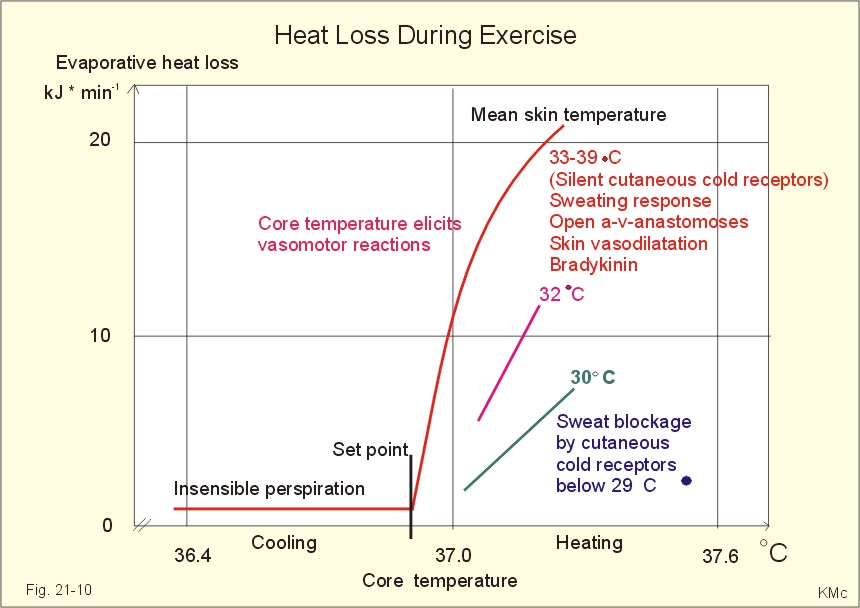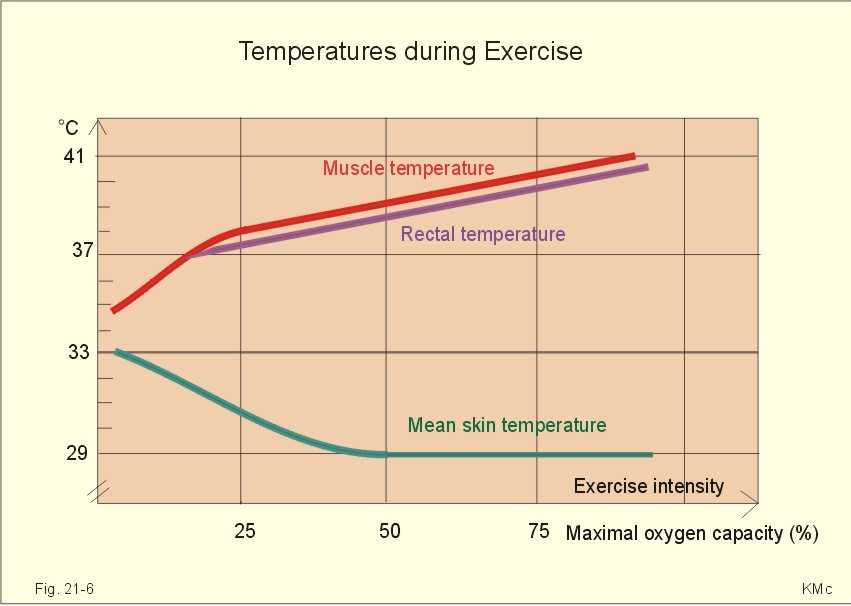Body Temperature Regulation During Exercise
Posted : admin On 20.10.2019
Body Temperature Regulation Thyroid
Metabolic and Cardiovascular HomeostasisWhen you exercise, your muscles use energy. To provide fuel, the sympathetic nervous system stimulates the breakdown of fat from fat cells and the production of glucose, or blood sugar, by your liver. The stress hormone cortisol, produced by your adrenal glands, further stimulates the release of glucose from the liver. To get fuel and oxygen to your muscles, the sympathetic nervous system prompts your breathing rate to speed up and your heart to contract rapidly and forcefully. To shunt more blood to working muscles, blood supply to your digestive tract is reduced, slowing down digestion.
Game DescriptionDragonball Z: Taiketsu is an online GBA game that you can play at Emulator Online. This free Game Boy Advance game is the United States of America region version for the USA. Gba emulator download.
During exercise, an increase in body temperature is normal-is mandatory, muscles function better at elevated temperatures. Normal body temperature is 37-38.5 c = 99-101.5 F average, 38=100.5 Temperatures above 104 after intense exercise are not uncommon. Temperature control: temperature regulation during exercise and implications. Mechanisms by which body heat is dissipated in an individual exercising in a.

Heat and Fluid RegulationThe harder your muscles work, the more heat they produce. To keep your body temperature within safe limits, the sympathetic nervous system stimulates sweating, causing water loss. Rising blood pressure also forces fluid out of the bloodstream into the spaces between your cells. To maintain plasma volume, your pituitary gland releases anti-diuretic hormone and your adrenal glands secrete aldosterone. Both hormones cause water retention. Another hormone, called angiotensin II, works with aldosterone to maintain blood pressure.